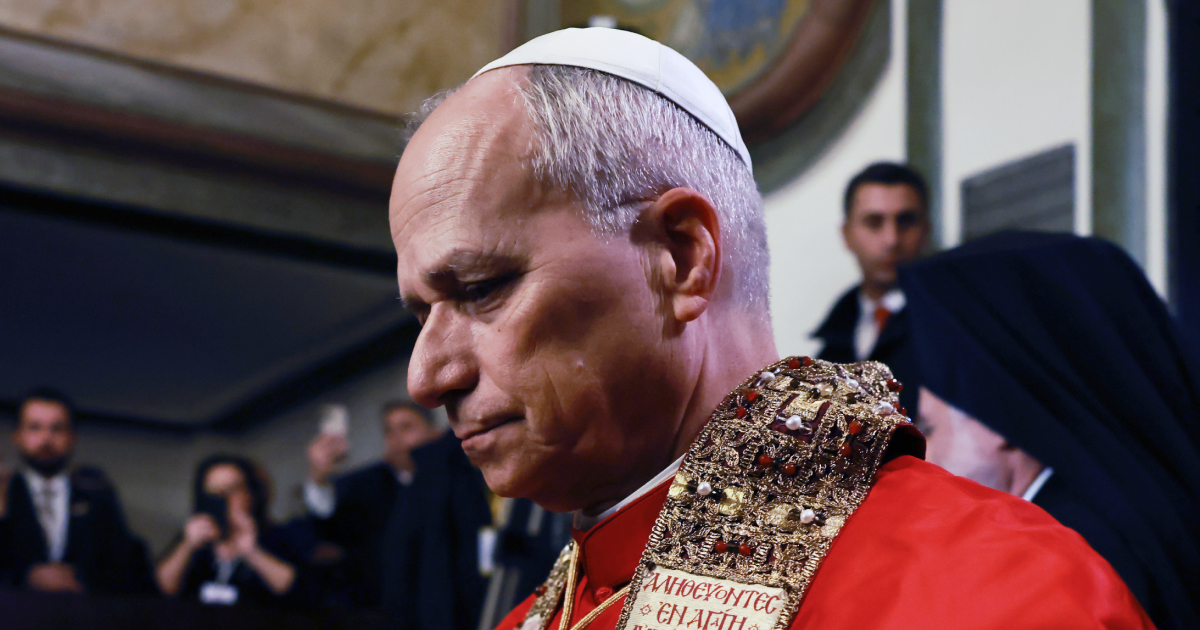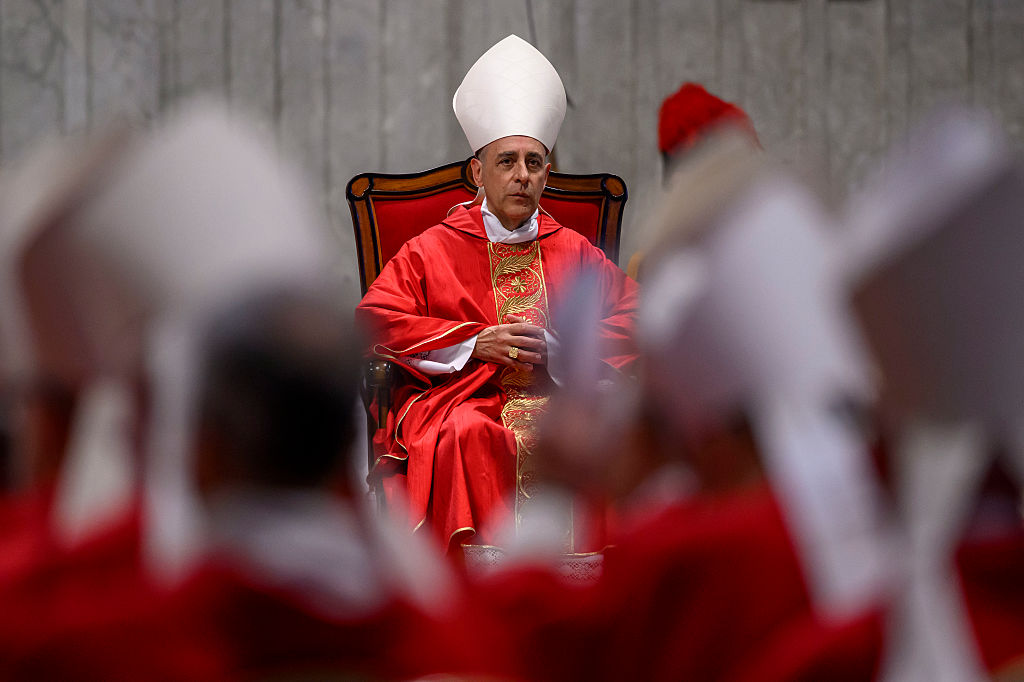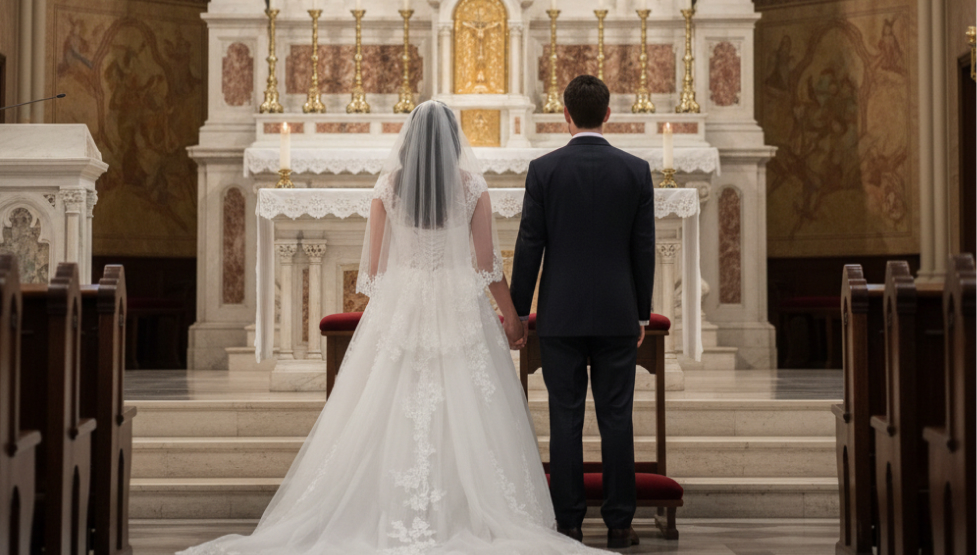Pope Leo XIV today canonised seven new saints, three women and four men, in a celebration that drew tens of thousands to St Peter’s Square.
The canonisations were formally announced earlier this year and confirmed by decrees approved by the late Pope Francis. The group includes two martyrs, three laypeople, and two founders of religious congregations. Among them are the first saint from Papua New Guinea and the first two from Venezuela, marking a historic moment for the Church’s growing presence outside Europe.
The Holy See’s Congregation for the Causes of Saints verified the required miracles and martyrdoms, paving the way for their canonisation after decades of devotion in their home countries.
The ceremony followed the rite of canonisation, with the solemn declaration of sainthood made in Latin before a packed St Peter’s Square.
Among them is Bartolo Longo, the Italian lawyer whose dramatic conversion from atheism and the occult to deep Marian devotion became one of the most remarkable stories of modern sanctity. Raised in a pious family, he left the Church and began to practise Satanism. Becoming severely depressed and tormented by diabolic visions, he turned to a friend who encouraged him to seek spiritual counsel from the Dominican friar Fr Alberto Radente. He soon renounced his Satanism and returned to the Catholic faith.
Keen to make reparation for his sinful past, he remembered the words of St Dominic that “he who propagates my rosary will be saved”. He restored a run-down church and began to organise festivals in honour of Our Lady of the Rosary.
After being gifted a painting of Our Lady of the Rosary, miracles began to be reported in connection with the shrine that St Bartolo had founded. Encouraged by his bishop, he began to build a much larger church, which was consecrated in 1891 by Cardinal La Valletta and in 1939 was enlarged to a basilica, known today as the Shrine of the Virgin of the Rosary of Pompei.
During his mission to serve the poor of Pompei he met Countess Mariana di Fusco. At the suggestion of Pope Leo XIII, St Bartolo and the countess married in a chaste union. Longo continued his good work until his death in 1926 and was beatified by Pope St John Paul II in 1980, who called him the “Apostle of the Rosary”.
From the Middle East comes Archbishop Ignatius Choukrallah Maloyan, the Armenian Catholic prelate of Mardin, martyred during the horrors of the 1915 genocide. Refusing to renounce Christianity, he suffered imprisonment, torture, and execution, offering words of courage to his flock until his final breath. His canonisation honours the steadfast witness of the Eastern Churches and the countless martyrs who died for their faith.
Far from Europe, in Papua New Guinea, the lay catechist Peter To Rot stood as a defender of Christianity during the Japanese occupation of the Second World War. When priests were interned, he continued to lead his people in secret prayer and teaching, defying laws that banned Christian worship. His martyrdom by lethal injection in 1945 marked him as a man of quiet but unshakable faith, now the first saint of his nation.
In Venezuela, José Gregorio Hernández Cisneros, remembered as “the doctor of the poor”, brought both scientific excellence and deep faith to his medical vocation. A devout layman and Third Order Franciscan, he offered free treatment to the sick and devoted his life to the dignity of every patient he encountered. Struck by a car while helping the poor, he became a beloved figure across Latin America, now canonised as a model of holiness in everyday life.
The missionary spirit is reflected in Maria Troncatti, a Salesian Sister from Italy who spent more than four decades among the Shuar people of Ecuador’s Amazon rainforest. Known affectionately as Madrecita, she healed bodies and souls alike, combining her medical skill and catechesis in humble service until her death in a plane crash in 1969.
Equally moving is the life of María del Carmen Rendiles Martínez, a Venezuelan nun born without her left arm who served with remarkable cheerfulness and strength. Foundress of the Servants of Jesus in Caracas, she led her congregation in Eucharistic devotion and care for the poor, embodying the joy of one who bore her suffering as grace.
Completing the group is Vincenza Maria Poloni of Verona, whose compassion for the poor during the 19th-century cholera epidemic led her to found the Sisters of Mercy of Verona. Her community’s enduring motto, “Serving Christ in the Poor”, continues her mission on three continents today.
During Sunday’s Mass, Pope Leo XIV read the solemn formula of canonisation, invoking the authority of the Church to declare each of them a saint. Their relics were presented for veneration, and their names inscribed in the canon of the faithful.
Cannonisation follows a canonical investigation into their lives and intercessory power: candidates are first declared “Venerable”, then “Blessed”, and finally “Saint” upon recognition of one (or two) miracles—except in the case of martyrdom, when the miracle requirement may be waived.
At the Mass, the Pope said the formal canonisation formula: “For the honour of the Blessed Trinity … we declare and define … to be a saint and we enrol him/her among the saints, decreeing that he/she is to be venerated as such by the whole Church.”
Following this, the relics of the new saints were incensed and displayed for veneration, and from that moment their feasts may be inserted into the liturgical calendar and public veneration extended to the universal Church.
St Bartolo Longo, St Ignatius Choukrallah Maloyan, St Peter To Rot, St José Gregorio Hernández Cisneros, St Maria Troncatti, St María del Carmen Rendiles, and St Vincenza Maria Poloni — pray for us.
(Photo by FILIPPO MONTEFORTE/AFP via Getty Images)




.jpg)





.jpg)





